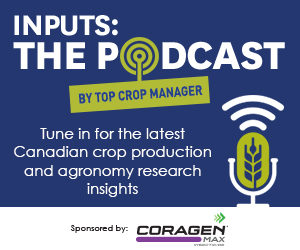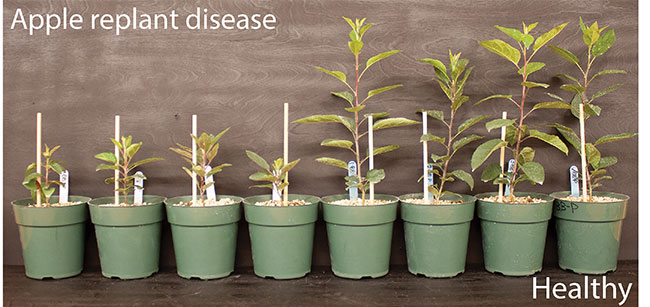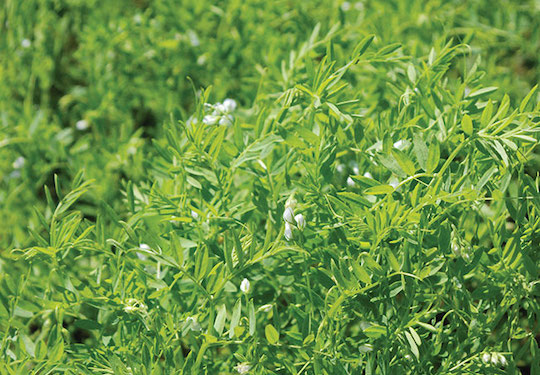| |
| |
 |
 |
| |
 |
|
@{mv_date_MMM d, yyyy}@ |
|
| |
 The weather can have have a significant impact on the amount of plant-available nitrogen in the soil. What does 2023’s weather tell us about anticipated soil nitrogen supply?
» Read More...
The weather can have have a significant impact on the amount of plant-available nitrogen in the soil. What does 2023’s weather tell us about anticipated soil nitrogen supply?
» Read More...
Plant breeders’ rights protect the significant time and resource investment that goes into creating new crop varieties – the same way inventors protect their work with patents.
» Read More...
The program created an applied research position in 2016 to build capacity toward generating practical recommendations for pulse and soybean farmers through field research.
» Read More...
|
| |
 |
 |
| |
|
| |

Corn can be susceptible to several different pests throughout the growing season, and for farmers, understanding which BT traits they are using in their fields is vital for a successful control management strategy.
In this episode of Inputs, research scientist for field crop pest management at the University of Guelph’s Ridgetown campus Jocelyn Smith discusses the various pests that can impact corn growers, as well as what farmers can do to mitigate the threat and help advance ongoing research.
» Listen now... |
| |
|
| |
 An endophyte is an organism – typically bacteria or fungi – that lives inside a plant for part of its life cycle. Every plant has microbial endophytes. But what, exactly, do they do for plants? In a recent review paper, AAFC research scientist Shawkat Ali and his co-authors show that fungal endophytes can directly protect plants against pathogens.
» Read more...
An endophyte is an organism – typically bacteria or fungi – that lives inside a plant for part of its life cycle. Every plant has microbial endophytes. But what, exactly, do they do for plants? In a recent review paper, AAFC research scientist Shawkat Ali and his co-authors show that fungal endophytes can directly protect plants against pathogens.
» Read more... |
| |
 Diversifying crop rotations is recommended for many reasons, including serious crop diseases and herbicide-tolerant weeds. However, highly profitable crops and short-term economics makes shorter rotations tempting. Researchers are working on a decision-making tool to help producers consider the impact and risk of planned crop rotations on disease pressure, yields and economic returns.
» Read more...
Diversifying crop rotations is recommended for many reasons, including serious crop diseases and herbicide-tolerant weeds. However, highly profitable crops and short-term economics makes shorter rotations tempting. Researchers are working on a decision-making tool to help producers consider the impact and risk of planned crop rotations on disease pressure, yields and economic returns.
» Read more... |
| |
| |
|
| |
|
|
| |
| |








